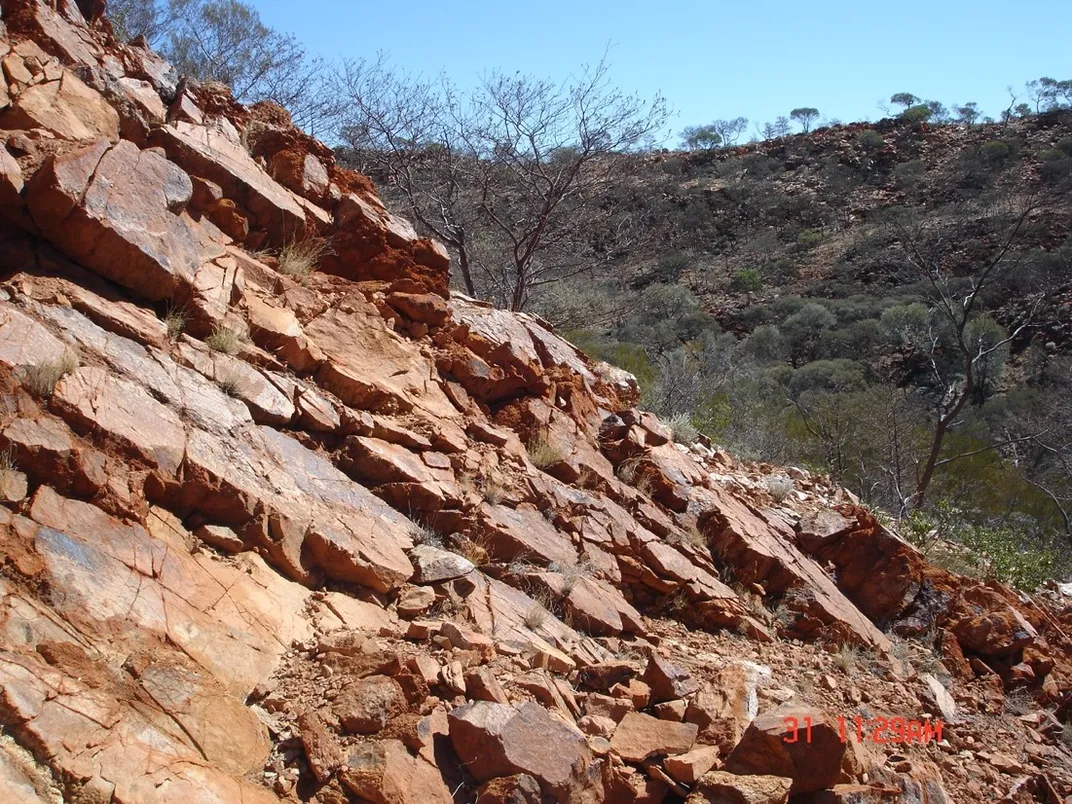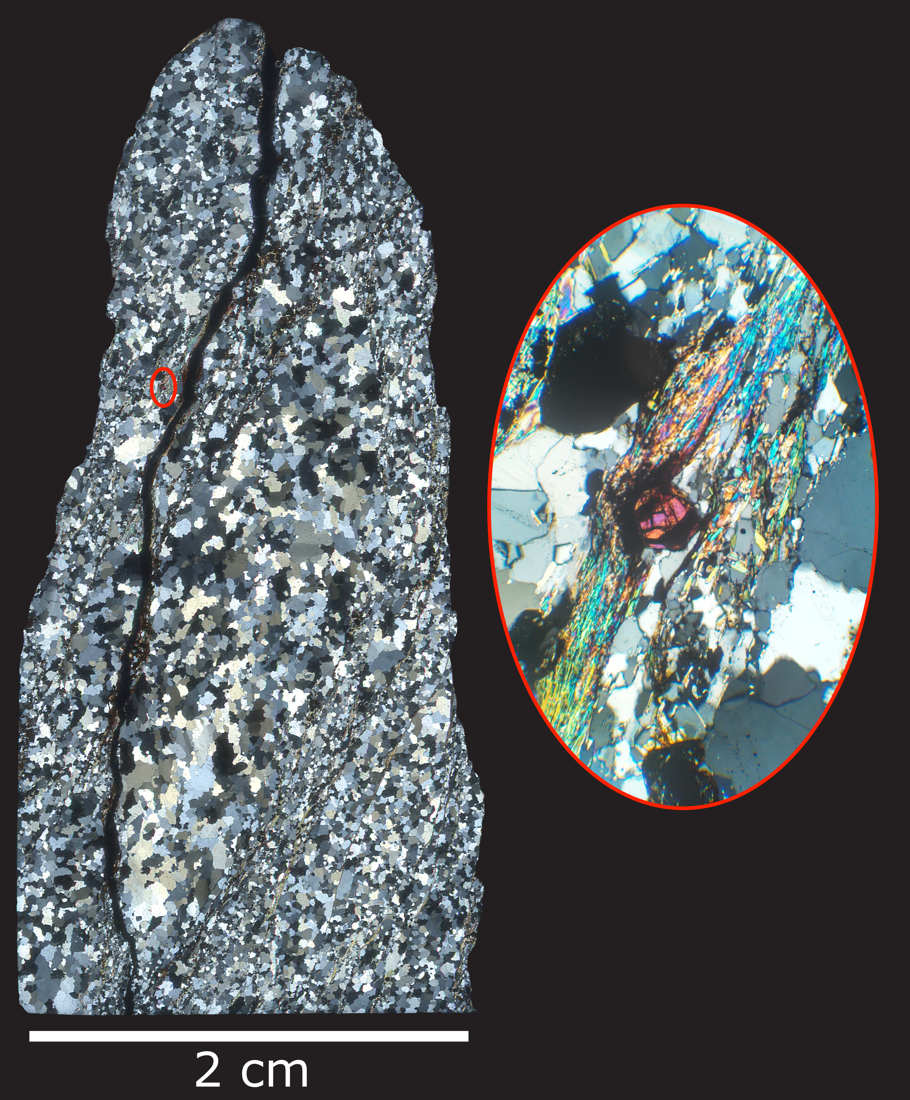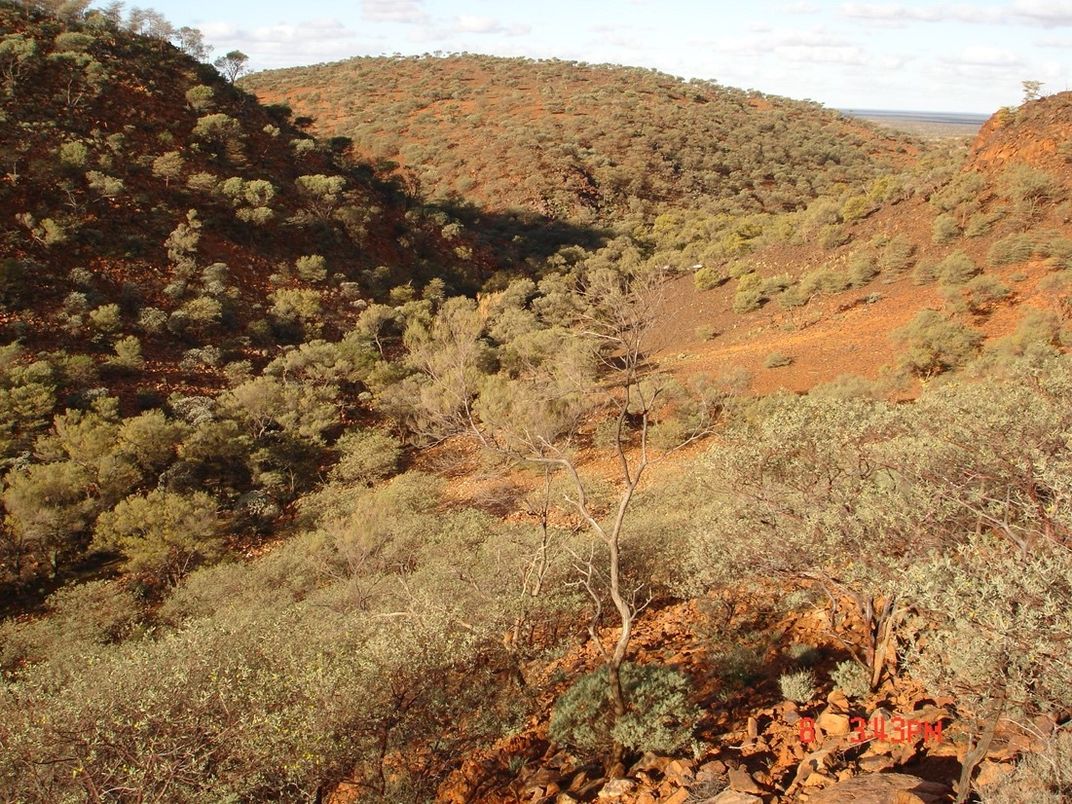NATIONAL MUSEUM OF NATURAL HISTORY
New Study on Zircons Finds Plate Tectonics Began 3.6 Billion Years Ago
The research reveals how one of Earth’s defining geologic features likely formed — and set the stage for the emergence of life
/https://tf-cmsv2-smithsonianmag-media.s3.amazonaws.com/blogging/featured/Turquoise_round_gem_on_its_side.jpg)
Zircon minerals are the oldest-known Earth material. Some formed even before the planet's crust became the rigid continental plates that move according to modern plate tectonics.
New research on ancient zircons suggests that Earth’s modern plate tectonics likely formed around 3.6 billion years ago. The paper, published in the journal Geochemical Perspective Letters, reveals how one of Earth’s defining geologic features likely formed — and set the stage for the emergence of life.
“We are reconstructing how the Earth changed from a molten ball of rock and metal to what we have today. None of the other planets have continents or liquid oceans or life,” said Michael Ackerson, a research geologist at the Smithsonian’s National Museum of Natural History and lead author of the study. “In a way we are trying to answer the question of why Earth is unique, and we can answer that to an extent with these zircons.”
Unearthing the world’s ancient past
When the world was only 200 million years old, a few zircons began to crystallize. As they solidified in ancient magma chambers, the minerals incorporated elements from their surrounding environments. By studying them today, scientists can uncover what Earth's geochemical landscape looked like 4.3 billion years ago.
“But unlocking the secrets held within these minerals is no easy task,” said Ackerson.
To unlock ancient zircons' secrets, Ackerson and his team gathered 15 grapefruit-sized rocks from an incredibly old geologic site in Western Australia, called the Jack Hills. They ground the rocks into sand, then separated the denser zircons from other minerals with a technique akin to gold panning.

Then, Ackerson and his colleagues examined elements inside several hundred microscopic zircon specimens to determine the minerals’ ages and chemical compositions. They used traces of uranium and lead to pinpoint each specimen’s age and then analyzed the amount of aluminum in the zircons to learn more about what the outside world looked like at the time.
“Each sample has the potential to tell us something completely new and reshape how we understand the origins of our planet,” said Ackerson.
Zircons have a rocky start
After examining the zircons, the researchers found that the aluminum concentration in some had increased roughly 3.6 billion years ago. High aluminum zircons can only be created in a few ways. One of those ways is through melting rocks deeper under Earth’s crust.
“It’s really hard to get aluminum into zircons because of their chemical bonds,” said Ackerson. “You need to have pretty extreme geologic conditions.”

The team suspects that aluminum concentrations rose in zircons 3.6 billion years ago because rocks were melting deeper beneath Earth’s surface as the planet’s crust thickened and cooled. If correct, this points towards the emergence of modern plate tectonics.
“This compositional shift likely marks the onset of modern-style plate tectonics, and potentially could signal the emergence of life on Earth,” says Ackerson.
A zircon encrusted path forward

Plate tectonics connect Earth’s interior with its crust, atmosphere and oceans, allowing for habitable conditions to persist for eons, which in turn allows the world to host life. But the link between the origins of modern plate tectonics and life’s origins needs further investigation.
Ackerson and his co-authors' work is part of the museum’s new initiative called Our Unique Planet, a public-private partnership, which aims to facilitate research on the enigmatic reasons behind Earth’s unique status as a habitable planet.
Moving forward, Ackerson wants to study the ancient Jack Hills zircons for traces of life and examine other supremely old rock formations for signs of the onset of plate tectonics on Earth around 3.6 billion years ago.
“We will need to do a lot more research to determine this geologic shift’s connections to the origins of life,” said Ackerson.
Related Stories:
How the World’s Largest Aquamarine Gem Came to Be
New Way to Study Magnetic Fossils Could Help Unearth Their Origins
What Antarctic Meteorites Tell Us About Earth’s Origins
Why Scientists Find Snowflakes Cool
Get to Know the Hope Diamond’s Keeper

